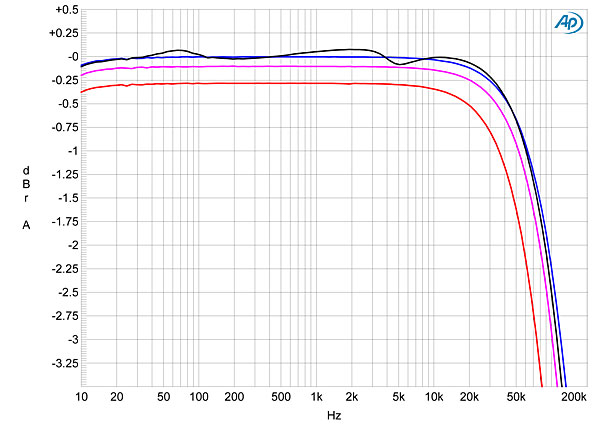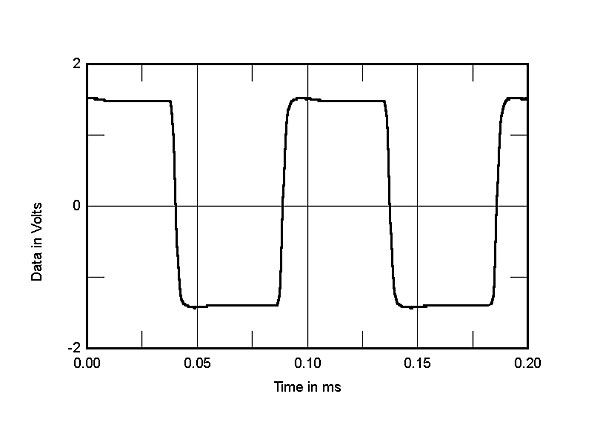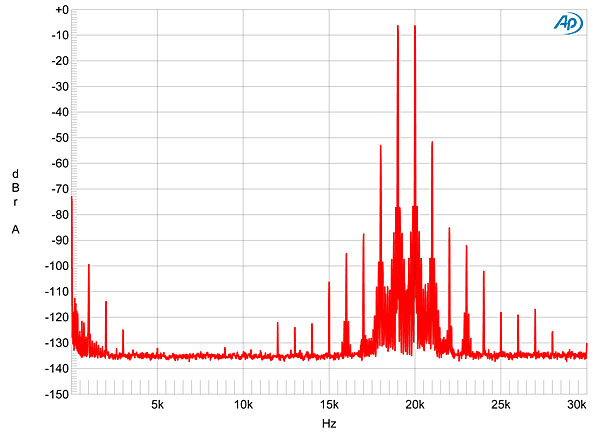I usually don't care for Audioholics, much, as I find them a little too smug about their conclusions. Nevertheless, the current edition has a fascinating article on amps, which might start to bridge the gap between objectivists and subjectivists in the 'All amps sound alike' controversy:
http://www.audioholics.com/audio-amplifier/audio-amplifiers-sound
Comments, thoughts, agreement or disagreement welcome, as long as it stays civil, and conforms to the special rules of this forum.
http://www.audioholics.com/audio-amplifier/audio-amplifiers-sound
Comments, thoughts, agreement or disagreement welcome, as long as it stays civil, and conforms to the special rules of this forum.




